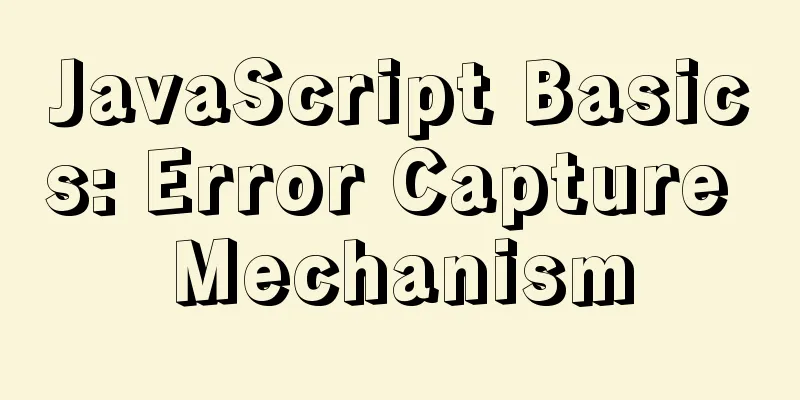Vue Page Stack Manager Details

|
The current version has not been tested for the overall business, and those with the same needs are welcome to try it out. Preview 1. Demand Analysis Since Vue is heavily used in Example scenario:
2. Tried methodsI tried the following methods, but none of them worked as I expected: 2.1 keep-alive Generally, two
2.2 CSS with nested routes When I was looking at the examples of But there are also disadvantages:
3. Functional description
4. Installation and UsageInstall: npm install vue-page-stack # OR yarn add vue-page-stack use:
import Vue from 'vue'
import VuePageStack from 'vue-page-stack';
// vue-router is required Vue.use(VuePageStack, { router });
// App.vue
<template>
<div id="app">
<vue-page-stack>
<router-view ></router-view>
</vue-page-stack>
</div>
</template>
<script>
export default {
name: 'App',
data() {
return {
};
},
components: {},
created() {},
methods: {}
};
</script>
5. API 5.1 Registration When registering, you can specify the name and
Vue.use(VuePageStack, { router, name: 'VuePageStack', keyName: 'stack-key' });
5.2 Forward and Backward If you want to add some animations when going forward, backward or on a special route, you can use 6. Related instructions6.1 keyName Why is the 6.2 Principle The This plugin has been in my mind for a long time. I worked on it on and off for a long time, and finally I got it done. I am really happy. The current version has not been tested for the overall business. Welcome to try it out if you have the same needs. If you have any comments or suggestions, please raise This plugin draws on both vue-navigation and vue-nav. I am very grateful for their inspiration. This is the end of this article about the details of Vue Page Stack Manager. For more relevant Vue Page Stack Manager content, please search for previous articles on 123WORDPRESS.COM or continue to browse the following related articles. I hope everyone will support 123WORDPRESS.COM in the future! You may also be interested in:
|
<<: How to configure anti-hotlinking for nginx website service (recommended)
>>: Mysql Chinese sorting rules description
Recommend
Solution to the CSS height collapse problem
1. High degree of collapse In the document flow, ...
Solve the problem of OpenLayers 3 loading vector map source
1. Vector Map Vector graphics use straight lines ...
How to use JSZip compression in CocosCreator
CocosCreator version: 2.4.2 Practical project app...
How to delete node_modules and reinstall
Table of contents Step 1: Install node_modules in...
MySQL DML statement summary
DML operations refer to operations on table recor...
Summary of knowledge points on using calculated properties in Vue
Computed properties Sometimes we put too much log...
Comparative Analysis of IN and Exists in MySQL Statements
Background Recently, when writing SQL statements,...
Understand CSS3 FlexBox elastic layout in 10 minutes
Basic Introduction Features Flexbox is a CSS disp...
JS realizes picture digital clock
This article example shares the specific code of ...
How to configure Java environment variables in Linux system
Configure Java environment variables Here, the en...
Example of how to implement MySQL cascading replication
The so-called cascading replication is that the m...
Summary of the differences between MySQL storage engines MyISAM and InnoDB
1. Changes in MySQL's default storage engine ...
How to handle long data when displaying it in html
When displaying long data in HTML, you can cut off...
JS implements click drop effect
js realizes the special effect of clicking and dr...
A brief discussion on the calculation method of key_len in mysql explain
The MySQL explain command can analyze the perform...










